I never could beat this last level as a kid, glad I went back to it.
Marble Madness: Rolling Through the NES Era
In the golden age of arcade gaming, one title that stood out for its distinctive approach to play was “Marble Madness,” a game that first captivated players in arcades and then found its way into living rooms through the Nintendo Entertainment System (NES). With its release on the NES, “Marble Madness” brought the challenging and innovative gameplay from the arcade to a broader audience. This retro review will take a deep dive into the game’s development, graphics, music, gameplay, and the story behind this beloved classic.
Developer and Presentation
Developed by Atari Games, “Marble Madness” was designed by Mark Cerny, who would later become known for his work on major titles like “Sonic the Hedgehog 2” and the “Ratchet & Clank” series. The NES version was published by Milton Bradley, a company more commonly associated with board games. This collaboration resulted in a home console version that retained much of the charm and challenge of the original arcade hit.
The game’s isometric graphics were a marvel at the time, giving a pseudo-3D look that was both aesthetically pleasing and functional. It provided players with a clear view of the marble’s path, obstacles, and the perilous drops that awaited a misstep. The NES port did an admirable job of translating these visuals, though, naturally, they were less detailed than their arcade counterpart.
The music of “Marble Madness” is memorable for its whimsical and catchy melodies. Composed by Hal Canon and Brad Fuller, the soundtrack’s upbeat tunes contrasted with the often frustrating difficulty of the game, keeping players engaged and entertained.
Gameplay
“Marble Madness” is an exercise in precision and control. Players guide a marble through six increasingly difficult courses, racing against the clock to reach the finish line. The NES version translated the arcade controls to the D-pad, providing a surprisingly accurate and responsive experience.
The game was known for its unforgiving difficulty, with players needing to navigate narrow pathways, avoid enemies, and survive the treacherous terrain. The physics of the marble felt realistic and added a layer of strategy to the gameplay, as momentum and angle of approach were crucial to success.
Story and Setting
Unlike many games of its era, “Marble Madness” didn’t have a narrative-driven story. The goal was simple: complete the courses in the allotted time. However, the abstract and surreal course designs, reminiscent of M.C. Escher’s work, told a story of their own. They invited players into a world where the only thing that mattered was the journey of the marble and the player’s skill.
Reception and Personal Reflection
Upon its NES release, “Marble Madness” was well-received for its faithful recreation of the arcade experience. However, some players found the transition from a trackball to a D-pad challenging, affecting the precision of control.
For me, “Marble Madness” brings back a flood of nostalgia, with my first experiences playing the game in a bowling alley in Utica, NY, on Sunset Avenue, where my parents used to bowl. The arcade version was a staple of my childhood, and when I encountered the NES version, it was a faithful port that allowed me to relive those moments at home. It was only recently, after many attempts and much practice, that I finally beat the game, a testament to its enduring challenge.
Facts About the Game
- “Marble Madness” was one of the first games to use true stereo sound in the arcade, which the NES version attempted to replicate with its chiptune capabilities.
- The game was innovative for its time, using a custom game engine and hardware to achieve its unique visual style.
- “Marble Madness” is often credited with popularizing the isometric perspective in video games.
- Mark Cerny, the game’s designer, was just 18 years old when he began working on the project.
Replay Value
“Marble Madness” has significant replay value due to its challenging nature. Each course can be approached in different ways, and perfecting a run is satisfying and rewarding. The game also includes a two-player mode, adding a competitive aspect that can keep friends and family coming back for more.
Quotable Reactions
A member of the “Retro Replay” community, Michael Townsend, shared his thoughts:
“‘Marble Madness’ was a game of patience and skill that offered a unique challenge unlike anything else on the NES. I spent countless hours perfecting my runs, and even though I’d get frustrated, I couldn’t stop playing. It’s one of those games that gets under your skin—in a good way.”
Conclusion
“Marble Madness” on the NES is a classic that encapsulates the era’s creativity and push for innovation in video games. Despite the limitations of the home console compared to the arcade, it delivered an experience that was both true to its roots and accessible to a new audience. It’sa testament to the ingenuity of game design in the 80s and continues to be a beloved title for retro gaming enthusiasts.
In an era where gaming is often dominated by complex narratives and high-fidelity graphics, “Marble Madness” stands as a reminder that simple concepts, executed well, can create an enduring legacy. Whether you’re reminiscing about rolling that marble on the brightly colored courses or you’re a newcomer curious about the origins of video game design, “Marble Madness” for the NES is a timeless journey worth taking.
For further reading and community discussions, you may visit the Wikipedia page for historical information, or participate in forums like the NES subreddit to share and read about personal experiences with the game.
As we look back on the landscape of gaming, “Marble Madness” may not have had the longest gameplay or the most intricate story, but it offered something perhaps more valuable: a pure challenge that tested our dexterity and patience, leaving us with a sense of accomplishment and a smile upon finally reaching that elusive finish line.
The verdict.
Graphics - 89%
Sound - 100%
Gameplay - 95%
Replay value - 95%
95%
Marble Madness’ was a game of patience and skill that offered a unique challenge unlike anything else on the NES. I spent countless hours perfecting my runs, and even though I'd get frustrated, I couldn't stop playing. It's one of those games that gets under your skin—in a good way.
 Retro-Replay.com Retro gaming reviews, news, emulation, geek stuff and more!
Retro-Replay.com Retro gaming reviews, news, emulation, geek stuff and more!
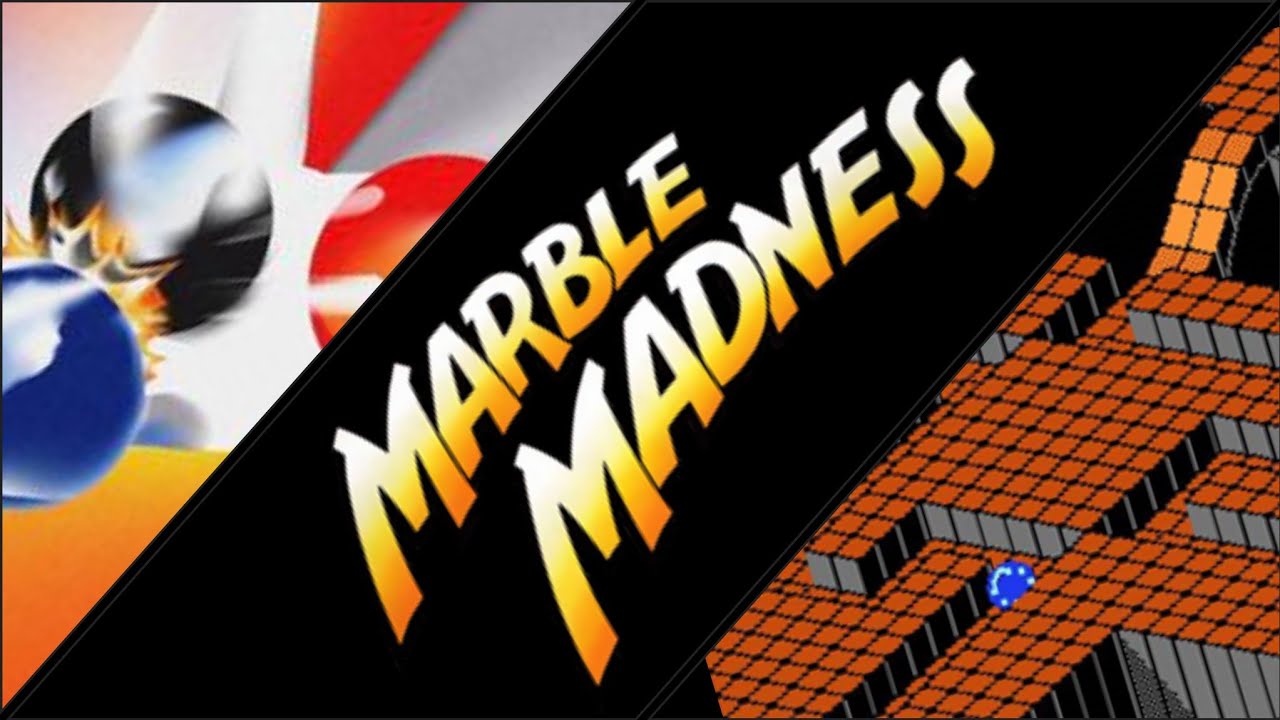
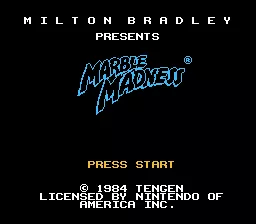
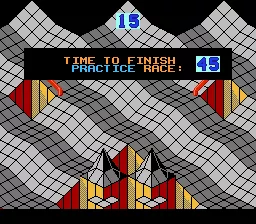
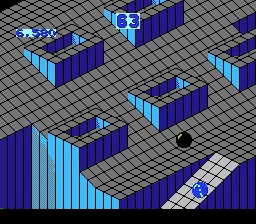
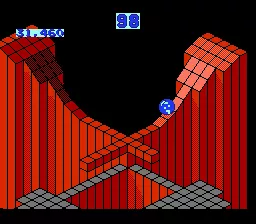
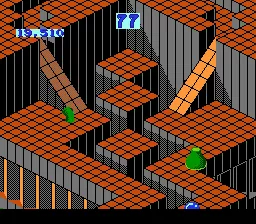
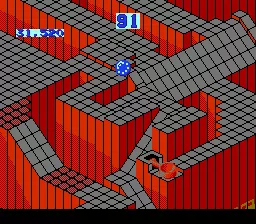
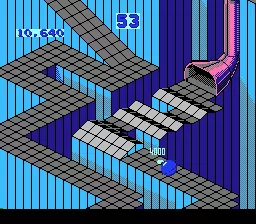
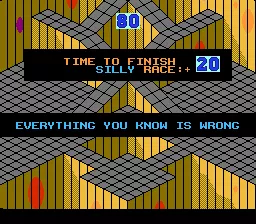
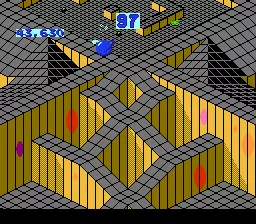
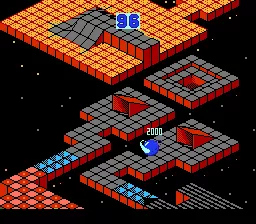
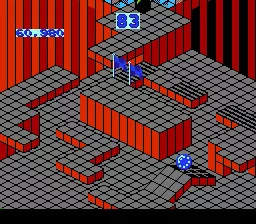


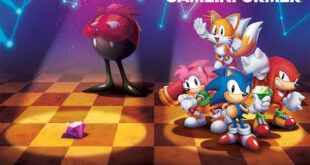

I tip my hat to you. I choked at the 3rd stage.
Many people die out there!! Me included until this play.